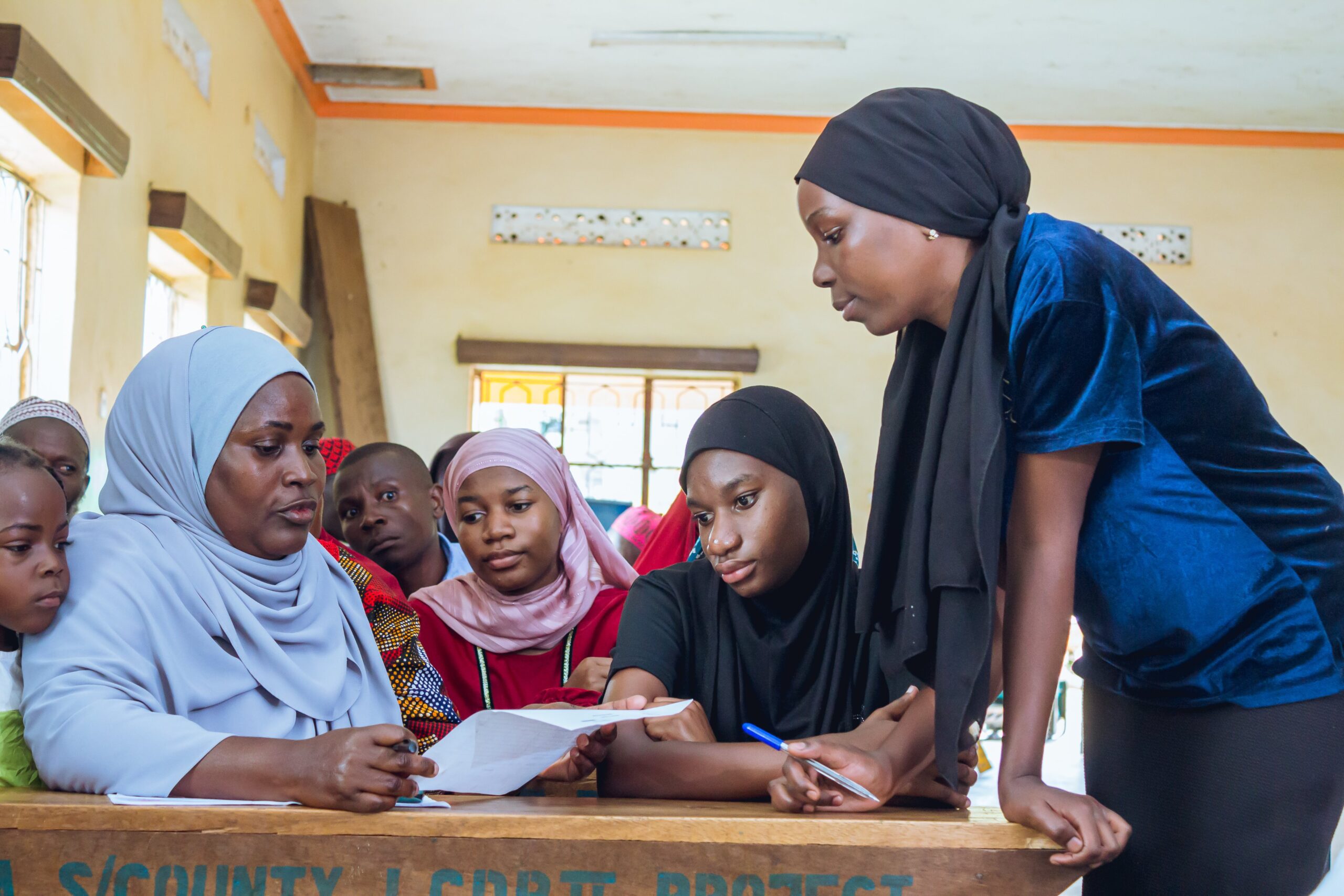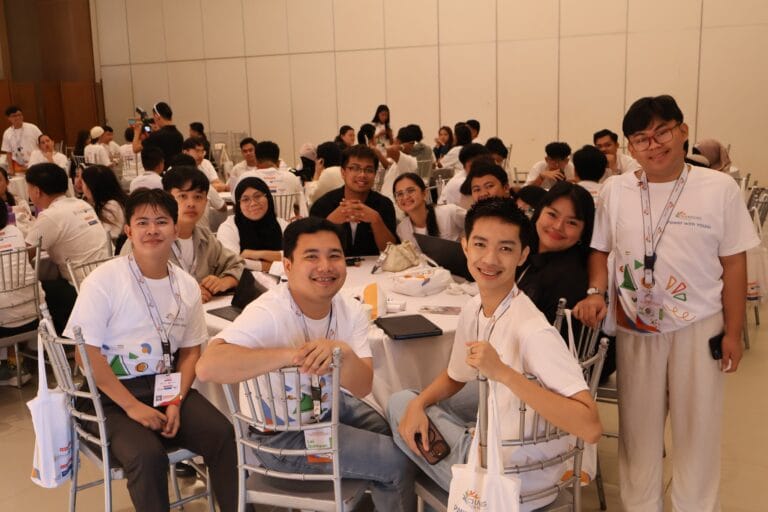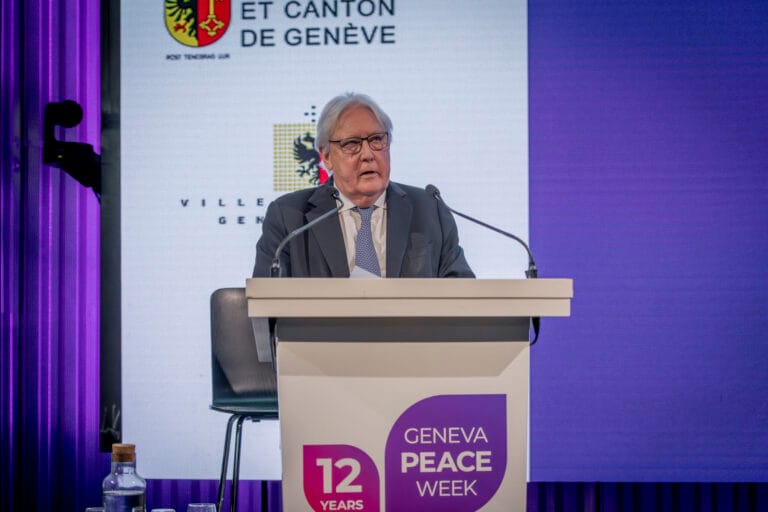What makes community-based approaches effective in combating violent extremism in East Africa? Together with our partner, the Uganda Muslim Youth Development Forum (UMYDF), we engaged experts from Uganda, Kenya, and the Democratic Republic of the Congo to discuss their experiences and strategies. Here, we distil key lessons from these collaborations, focusing on innovative practices that have proven successful in addressing the persistent threat of violent extremism in the region.
Violent Extremism: A Concerning Regional Problem
Violent extremism remains a significant threat to peace and security in East and Central Africa, yet this threat is not confined to individual countries. Extremist groups in the region are interconnected and operate across national borders.
Al-Shabaab, for example, is primarily active in Somalia and conducts cross-border attacks into neighbouring Kenya and Ethiopia. Similarly, the Allied Democratic Forces (ADF), which was founded in Uganda, has now established its base in the DRC’s North Kivu and Ituri provinces, which border Uganda. Recent reports also indicate growing ties between Al-Shabaab and the ADF.
Tackling a Cross-Border Threat
The regional dynamics also extend to funding. Reports suggest that the ADF receives financial support from individuals in Kenya, Uganda, DRC, South Africa, and Somalia. The presence and activities of these groups force massive people displacements, creating humanitarian crises. Tackling this cross-border threat requires a regional response. It was with this objective in mind that the Kofi Annan Foundation (KAF) and UMYDF organized an online regional exchange of experiences on 27 June 2024 to foster dialogue and explore avenues for enhanced cross-border cooperation in preventing and countering violent extremism.
Gathering Insights and Experiences from East and Central Africa
The regional exchange brought together representatives from KAF, UMYDF, Sisters Without Borders, and the Collectif d’Association des Droits de l’Homme. On this occasion, KAF and UMYDF shared lessons from their work to prevent and counter the violence perpetrated by the Allied Democratic Forces in Uganda through their Bridges to Peace project funded by the EU, while other practitioners from DRC and Kenya reflected on their collaborative efforts to enhance community resilience against violent extremism (VE).

How Violent Extremism Groups Recruit Members
At the heart of the regional exchange were the methods employed by violent extremist groups to recruit new members.
- In the DRC, for example, Paulin Muliro, Coordinator of the Platform of Human Rights Associations in Beni (CADDHO), identified three main techniques: kidnapping, volunteering, and false promises of scholarships abroad for children.
- This strategy is also used in Uganda, as explained by Zulaika Nankufa, Coordinator of the Bridges to Peace project within the UMYDF. Ms Nanfuka also mentioned the practice of arranged marriages between ADF fighters and women from local communities, aimed at increasing their numbers and influence.
- Mariam Hussein, Vice-Chair of Sisters Without Borders, drew attention to the fact that in Kenya, recruitment targets both uneducated and educated youth. The intense social pressure linked to employment, exacerbated by the lack of professional opportunities, can lead to frustration and resentment even among well-educated youth, which are conducive to recruitment by extremist groups.
Strengthening Community Resilience: A Prevention Strategy

In the face of increased recruitment by violent extremist groups, the panelists advocated for strengthening community resilience as a prevention strategy.
Examples of strategies include:
- Using the media to educate populations about the dangers of recruitment by extremist groups. UMYDF’s Nankufa shared the example of the radio programme Mifumbi, which leveraged the power of storytelling and raised awareness of the tactics recruiters can take.
- The Bridges to Peace project also launched an Online Community Stories Exhibition using video testimonies from victims and former ADF fighters to heighten community awareness of the risks of engaging in violent extremist activities.
- Providing support to Victims: Muliro shared how, in the DRC, they provide support for victims of terrorist attacks by building a commemoration monument, establishing a database of victims’ names and needs, and ensuring their participation in significant public transitional justice processes. These initiatives have raised awareness throughout society about the plight of victims and the long-term effects of violent extremism.
Involving Vulnerable Populations
Our experts also highlighted the importance of actively involving those most vulnerable to recruitment in efforts to prevent and combat violent extremism.
- Reintegrating former fighters into society: In the DRC, Muliro shared the example of a DDR (disarmament, demobilization, reintegration) programme carried out in Beni to prevent former combatants from relapsing into violence. Similar initiatives exist in Uganda and Kenya but they are limited in scale and resources.
- Turning at-risk communities into drivers of peace: Nanfukao highlighted UMYDF’s work with the Salafi community in Uganda, a secluded community particularly targeted for recruitment by the ADF. UMYDF’s approach focused on training Salafi women and youth leaders in social organizing, leadership skills and peacebuilding for them to address their social, economic, and political challenges in a non-violent manner.
- Building trust with security agencies: As tensions between at-risk communities and security forces emerged as a key driver of radicalization in all three countries, Hussein
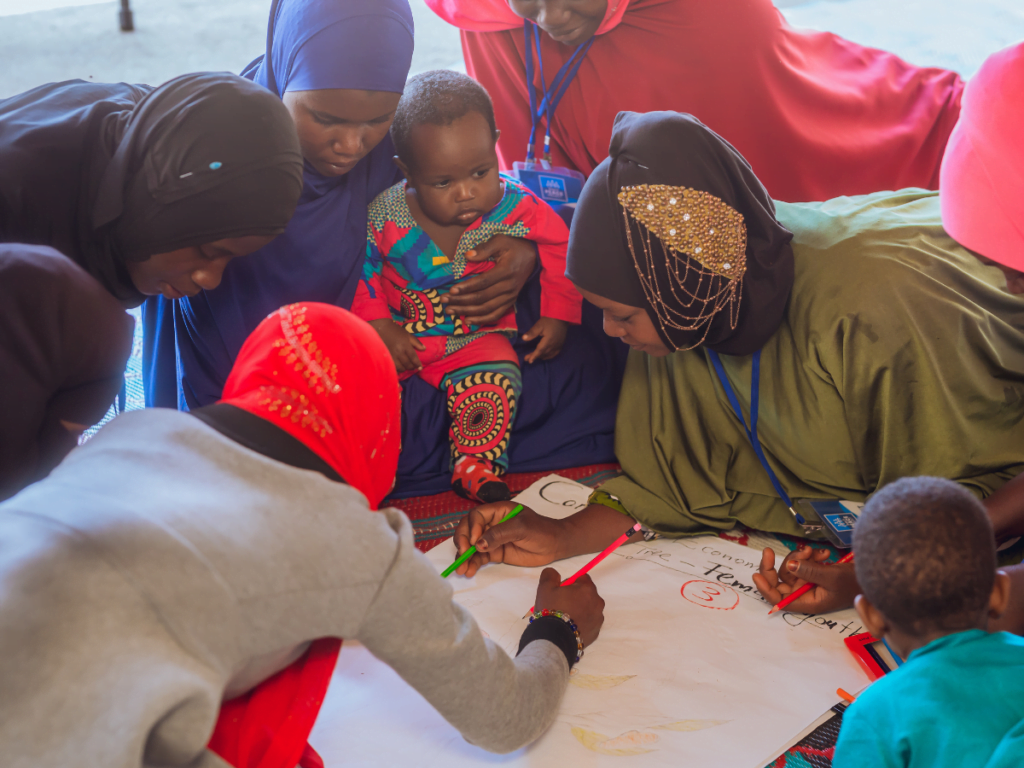
Taking action: Recommendations for a stronger regional approach
These experiences highlight the similarities that exist in the VE realities across the region, as well as the inspiration practitioners from one country can draw from the methods used in another country. The potential for collective action is immense. This gathering served as a first step in bridging the gap in regional exchange.
To further strengthen regional collaboration, several recommendations emerged from these discussions:
- Leveraging existing structures: Existing collaboration between government actors, such as the recent African Chiefs of Defence Conference, demonstrates a growing willingness to work together. Established structures, such as National Counter Terrorism Centers, can provide the necessary framework and resources to facilitate regular exchanges between practitioners across borders.
- Building on existing networks: established networks such as GCERF’s Community of Practice already possess a wealth of knowledge and experience. These networks include CSOs that play a vital role in understanding and addressing the root causes of violent extremism at the community level. Fostering communication and collaboration between them can accelerate the sharing of best practices and regional learning.
- Finding the right convener: Regional institutions like IGAD, recognizing the interconnectedness of the threat, can foster cross-sector collaboration by bringing together governments, civil society, and P/CVE practitioners, fostering long-term partnerships and building a regional response to violent extremism.
More Information & Resources
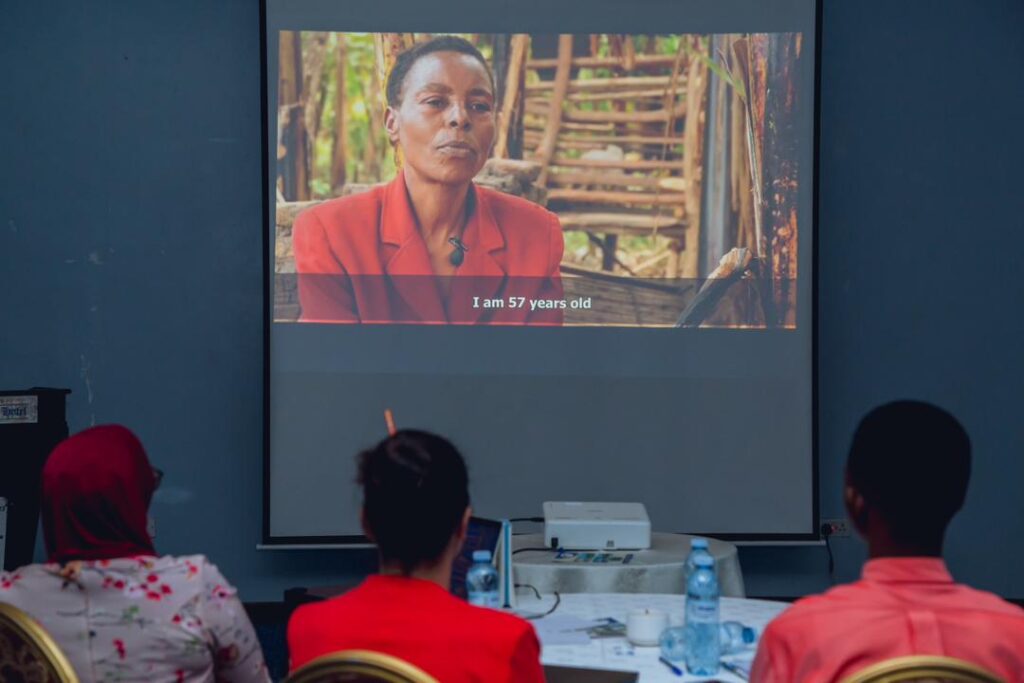
Learn more about our Bridges to Peace project and its 30+ lessons learnt.
Check out our Online Community Stories Exhibition, a powerful initiative that gives victims of terrorism and former extremist fighters a platform to share their stories and heighten community awareness of the risks of violent extremism.
Note: Viewer discretion is advised. The videos are not intended for children or young adults.


